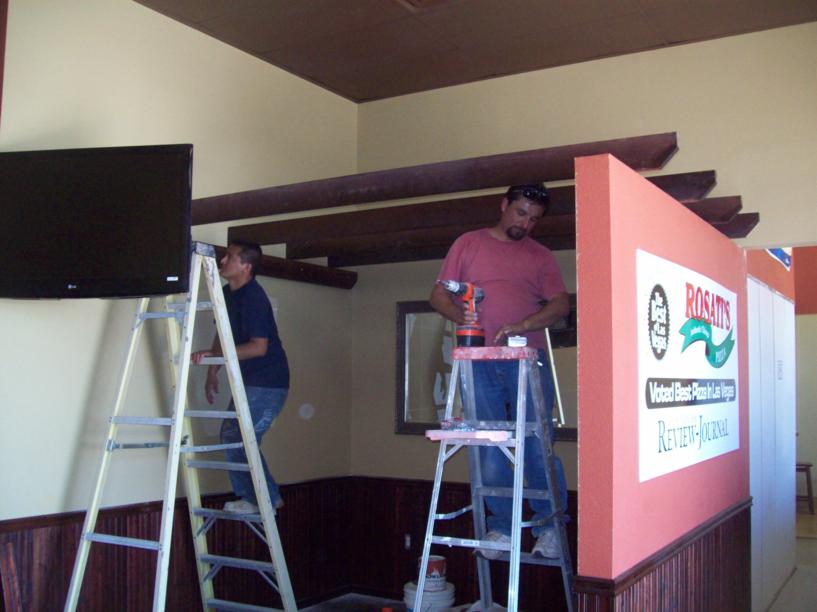BLOG
Landlords and tenants are business people, and as such they are always trying to minimize costs. One expense that can have a significant impact is that of insurance. For landlords, insurance costs generally are passed through to tenants as part of operating expenses. However, even though a landlord doesn’t absorb those costs, to remain competitive in the rental market it wants to keep them as low as possible.
For the tenant, any coverage that it has to add directly to its own insurance policy comes out of its pocket. If the landlord can include certain coverage in its policy at a better rate and spread that across the entire project, it may save the tenant substantial dollars.
Tenant improvements tend to be an item that can be insured by either party. In some cases the landlord builds out the tenant space; in other cases the landlord delivers a shell and the tenant is responsible for all of the work.  In either case, the parties will negotiate who is responsible for the associated costs, as this obligation will vary from lease to lease.
In either case, the parties will negotiate who is responsible for the associated costs, as this obligation will vary from lease to lease.
Regardless of who builds or pays for the improvements, the parties should clarify who is responsible for insuring them. Most leases will require that the tenant maintain this coverage. However, some tenants, such as those with national insurance programs, may try to place this obligation on the landlord. Generally, whoever is responsible for reconstructing the tenant improvements should carry the insurance. Since the rebuilding obligation typically is that of the tenant, more often than not the tenant should also carry the insurance for the tenant improvements.
Before you agree to any terms regarding insurance, be sure to discuss the terms with your risk management department or insurance agent and have them review the lease provisions to confirm that you have the proper coverage.

